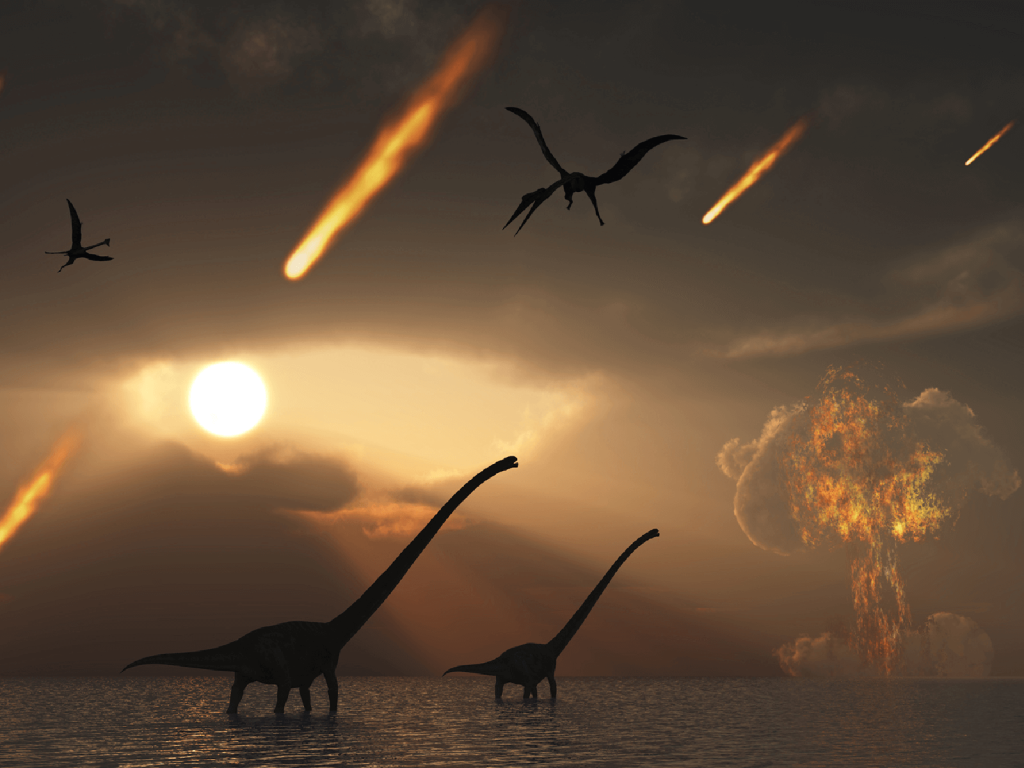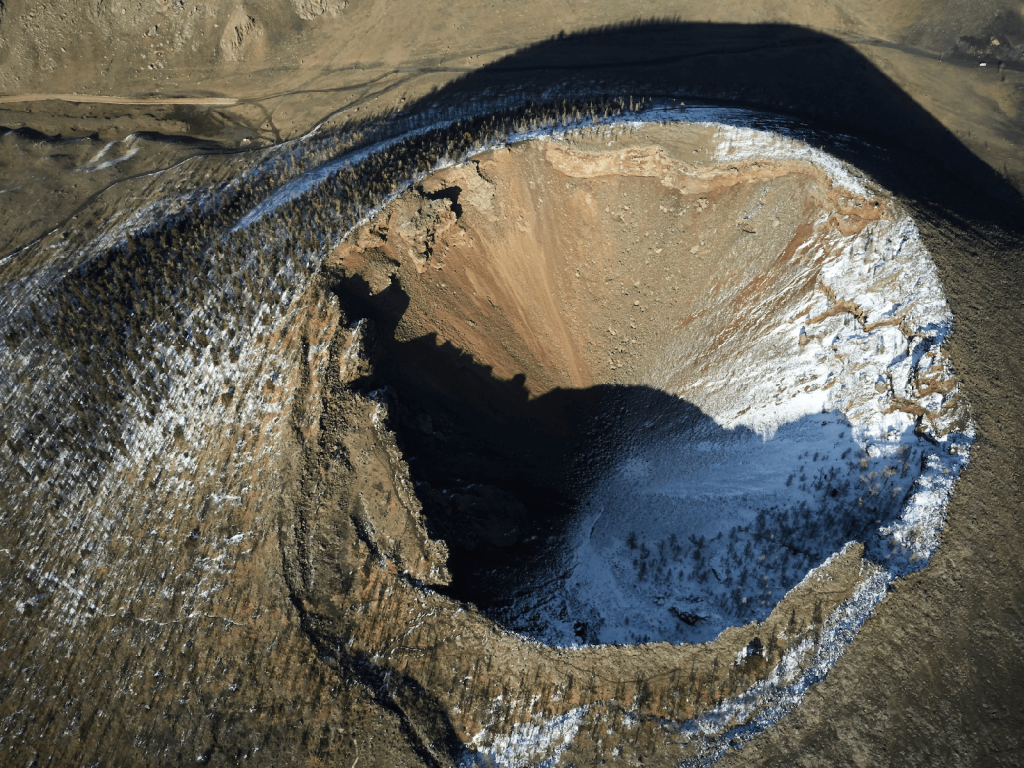The False Hope of Extraterrestrial Life: Separating Science from Fiction in the Search for Aliens
For centuries, the idea of extraterrestrial life has captivated the human imagination. From ancient myths to modern science fiction, the possibility of life beyond our planet has been a source of fascination and wonder.
While the search for alien life remains a priority for many scientists and researchers, it is important to separate science from fiction and avoid false hope.
Let’s explore the search for extraterrestrial life and the need for scientific rigor in this field. We will discuss the various methods used to search for alien life, the history of the search, and the dangers of false hope and sensationalism.
The Science of the Search for Extraterrestrial Life
The search for extraterrestrial life is a complex and multifaceted field encompassing many disciplines, including astronomy, planetary science, biology, and astrobiology.
Scientists use various methods to search for alien life, including radio telescopes, planetary probes, and the search for exoplanets.
Methods To Search For Alien Life
Radio telescopes are one of the most important tools in the search for extraterrestrial life. These telescopes can detect radio signals from distant stars and galaxies, and scientists use these signals to search for signs of intelligent life.
Planetary probes are another important tool, as they allow scientists to study the conditions on other planets and moons in our solar system.
Finally, the search for exoplanets has become a major area of research in recent years as scientists try to identify planets outside our solar system capable of supporting life.
Going Back In Time
The search for extraterrestrial life has a long and storied history, dating back to ancient civilizations. Many ancient cultures had myths and legends about otherworldly beings, and some even believed that aliens had visited Earth in the past.
What Has Today In-store For Us?
In modern times, the search for extraterrestrial life has been driven by advances in science and technology. In the 20th century, scientists began to use radio telescopes to search for intelligent signals from other planets. In the 21st century, the search for exoplanets has become a major area of research, with scientists discovering thousands of new planets outside our solar system.
The False Hope of Extraterrestrial Life Despite the scientific progress made in the search for alien life, many misconceptions and false assumptions surround this field.
Popular media and culture often promote sensational and unscientific claims about alien life, which can lead to false hope and unrealistic expectations.
A False Hope
One example of false hope is the idea that aliens are already among us, either in the form of government cover-ups or secret contacts with extraterrestrial beings.
These claims are often based on little or no scientific evidence, and they can distract from the more rigorous and scientific approach needed to find real evidence of alien life.
The Importance of Scientific Rigor in the Search for Extraterrestrial Life
To avoid false hope and sensationalism, it is important to approach the search for extraterrestrial life with scientific rigor. It means using careful observation, analysis, and peer review to ensure that any claims about alien life are based on solid evidence and sound scientific principles.
One way to achieve scientific rigor in the search for alien life is through interdisciplinary collaboration.
By bringing together experts from different fields, such as astronomy and biology, scientists can better understand the conditions that might support alien life.
Takeaway
The search for extraterrestrial life remains one of the most fascinating and important areas of scientific research.
While the possibility of alien life continues to captivate our imagination, it is important to approach this field with scientific rigor and avoid false hope and sensationalism.
By using rigorous scientific methods and interdisciplinary collaboration, we may one day discover evidence of life beyond our planet, expanding our understanding of the universe and our place in it.









